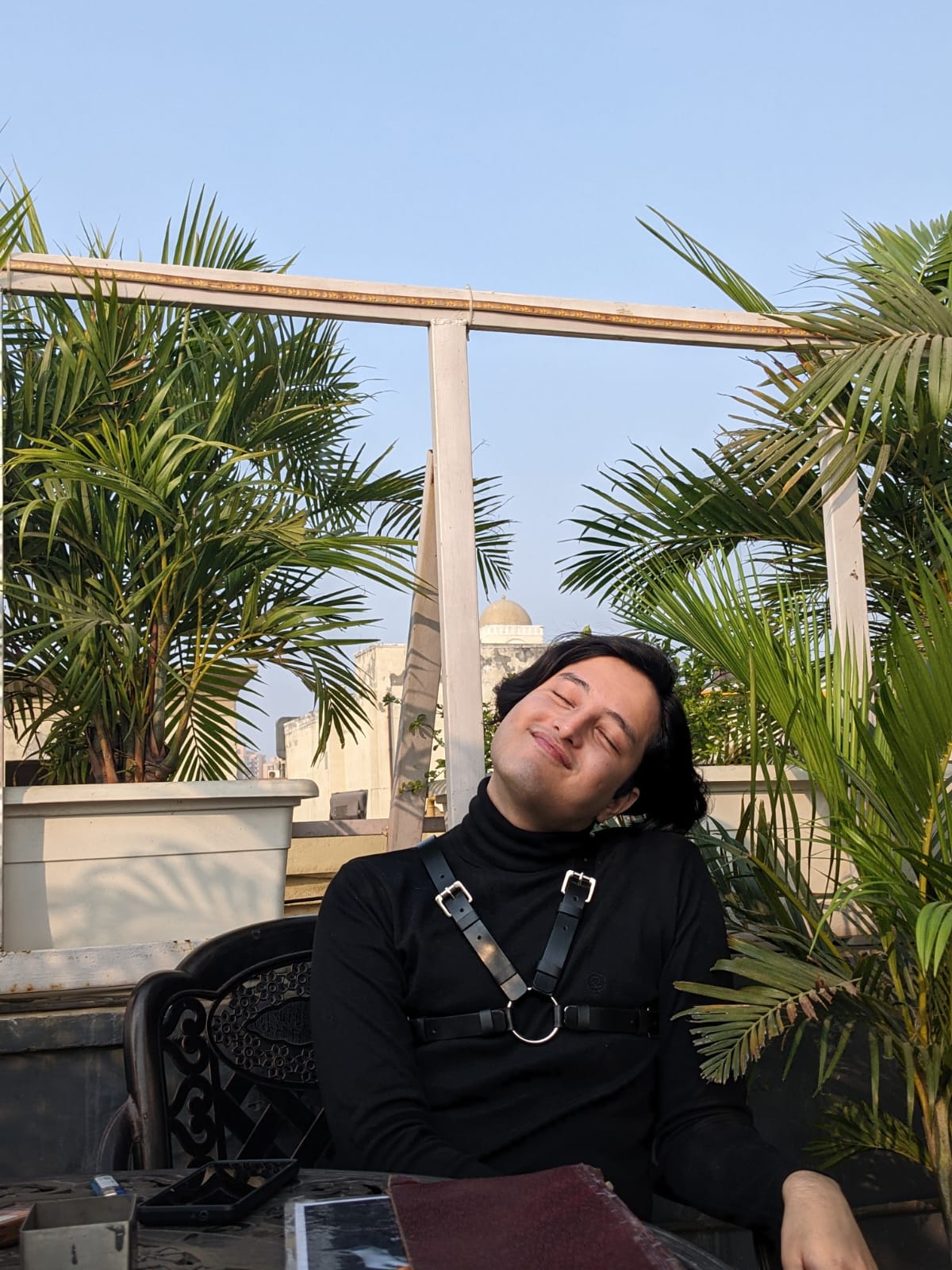Cheriyal paintings, also known as Cheriyal scroll paintings, are a traditional art form originating from the Cheriyal village in Telangana, India. Earlier, the painting style was extremely popular throughout Andhra Pradesh, but due to the proliferation of television and cinema, the paintings were exclusively done in the Cheriyal town. One may find the Cheriyal scroll paintings as a stylised rendition of Nakashi paintings, which bear almost similar motifs and mythological stories. They are made in the form of a comic strip or a film roll. They received a Geographical Indication tag in 2008.
The Cheriyal paintings are quite adept at detailing a mythological episode. However, they were often accompanied by performers (musicians and dancers) from the balladeer community known as ‘Kaki Padagollu.’ Hence, the Cheriyal scroll painting tradition isn’t only literary but takes on a performative aspect as a whole.
Cheriyal Painting History
Unlike China, where scroll paintings were reserved to chronicle courtly tales and noble traditions, the Cheriyal scroll paintings are an excellent showcase of the folk artistry of Andhra villages. Cheriyal paintings trace their roots back to the 15th century, with their origins deeply entrenched in the Cheriyal village, which was brought on by the Goloconda’s Qutub Shahis. One may find the influences of Kalamkari, Andhra Pradesh’s temple art, and the graphic traditions of South India.

Historically, Cheriyal paintings served as a form of visual storytelling, depicting scenes from Hindu epics such as the Ramayana, Mahabharata, and other mythological tales. The artisans, known as Nakashi, were traditionally itinerant painters who would travel from village to village, unravelling narratives through their art. The art form flourished under the patronage of the local aristocracy and temples, sustaining its legacy through generations. Despite their myriad influences, the artistic vocabulary, linguistic expressions, and the common folk’s lives are bound by the confines of geography.
Characteristics of Cheriyal Scroll Paintings
A typical Cheriyal scroll is about 3 ft in width and 40-45 ft in length, which depends on the length of the story. Traditionally, the scrolls further a narrative using a grid of horizontal panels, often arranged vertically. The two panels are divided by a floral border in the centre. The story is told by rolling the scroll repeatedly or by hanging it from a tree. Each panel represents a single scene from the tale, much like large-format comic strips. As a result, a scroll may easily have fifty panels. As the musician sings the part, the panel representing that specific section is exhibited.

Cheriyal paintings may be seen as casteists as the episode and iconography of each deity shift with castes. The perspective of the paintings is flat and they heavily employ vivid and bright primary colours, especially red, which often covers the background. Blue and yellow define the skin of gods and goddesses respectively. The colour brown is reserved to depict demons while pink signifies a human. There are some colours which are associated with deities, hence, exclusively used for them. For example, Krishna’s skin is coloured blue, Ram’s black, and Hanuman’s green.
Themes and Subjects of Cheriyal Scroll Paintings
Cheriyal paintings encompass a wide range of themes and subjects, drawing inspiration from mythology, folklore, everyday life, and social issues. The narratives often revolve around the exploits of gods, goddesses, heroes, and mythical creatures, portraying moral lessons, valour, and the triumph of good over evil. Common themes depicted in Cheriyal paintings include scenes from the Ramayana and Mahabharata, the exploits of Lord Krishna, stories from the Puranas, and folktales passed down through generations. The artists skillfully weave together multiple narratives within a single scroll, creating a cohesive visual narrative that captivates the viewers.

Contemporary Cheriyal paintings narrate social issues such as environmental conservation, rural lives, justice, and cultural heritage. The artists use their art as a medium for social commentary, raising awareness about pressing issues while preserving traditional storytelling practices.
The Making of Cheriyal Painting Images
Cheriyal paintings are characterized by their distinctive style and meticulous craftsmanship. As vibrant as the paintings might be, the process of creating the canvas is laborious. The scroll is made of Khadi and dipped thrice in a concoction of rice starch (maad bhaat), boiled tamarind seeds, gum water, and white mud (suddha mitti). With each dip, the fabric becomes more paper-like. Using squirrel hair brushes, the artisans sketch a well-defined outline of the figures and architectural settings.

They are then coloured with natural pigments such as white (from sea shells), black (from lampsoot), blue (from indigo) and yellow (turmeric). Other colours are made of ground stones and vegetable dyes. To make them more sticky, tree gum water is added to them. Intricate detailing, intricate patterns, and stylized motifs are later added to the paintings, adding depth and richness to the composition.
Cheriyal Mask Painting
Cheriyal mask painting is a unique offshoot of the Cheriyal painting tradition, characterized by the creation of vibrant, intricately designed masks. These masks are crafted from lightweight ‘tellapuniki’ wood or paper-mâché and adorned with traditional motifs, colours, and patterns. These masks were prevalent in theatrical performances, religious ceremonies, and festive celebrations. Seldom they were made of coconut shells along with sawdust and tamarind seed paste.

Image Courtesy – MAP Academy
A Printing Tradition From Madhya Pradesh: Hear The Bagh Prints Roar!

Hi Ya’ll !!
I love writing about pop culture and all things queer.
Sub Editor at Abir Pothi





